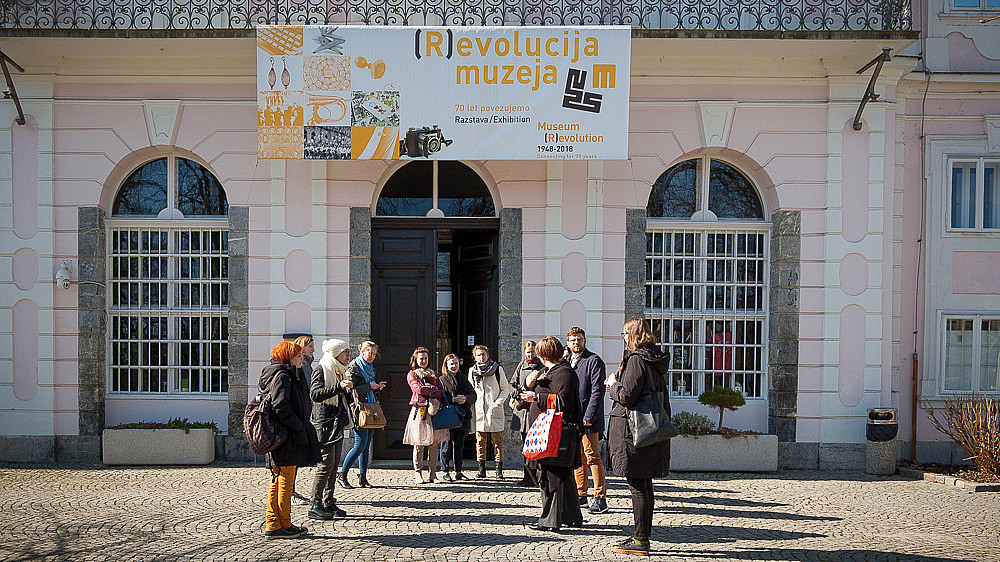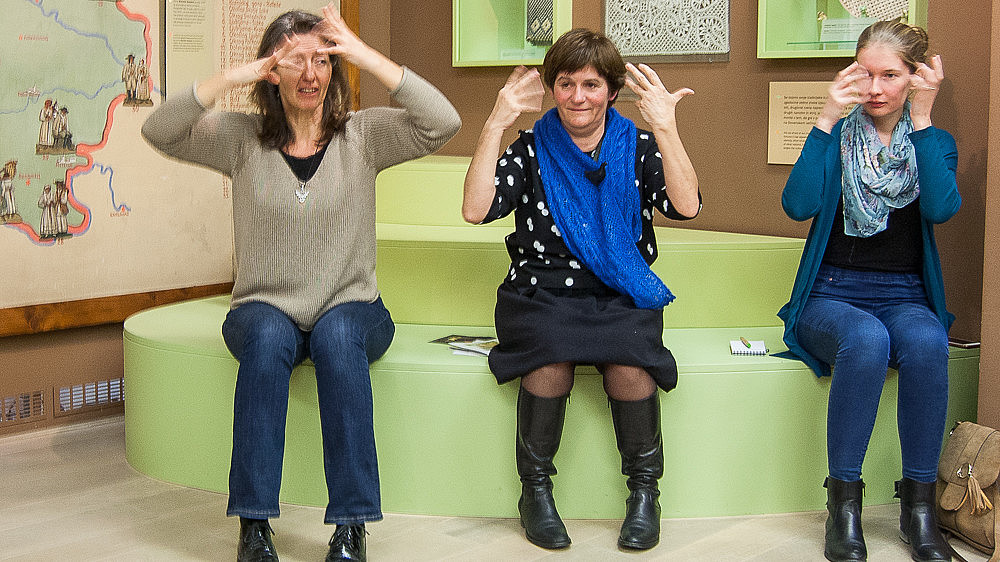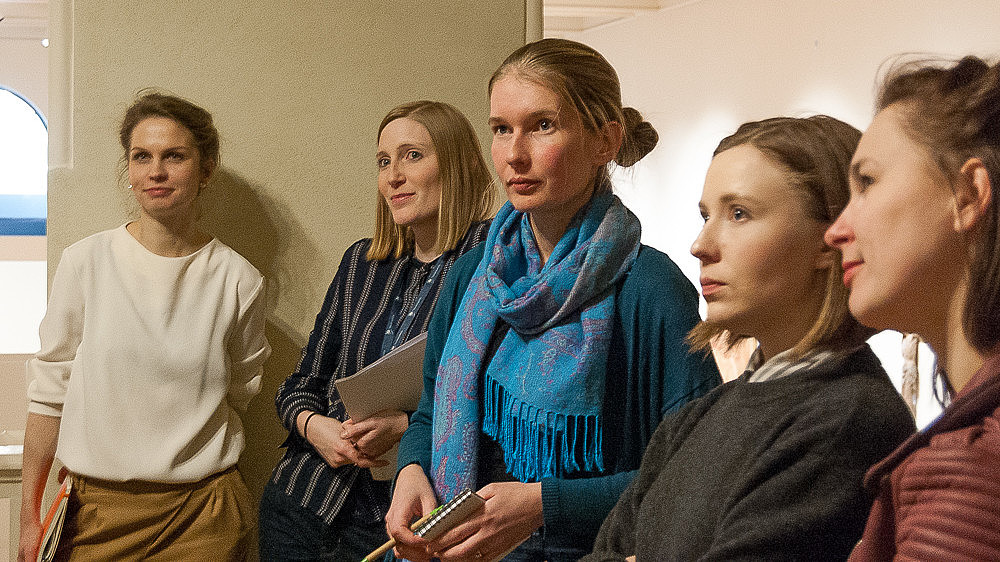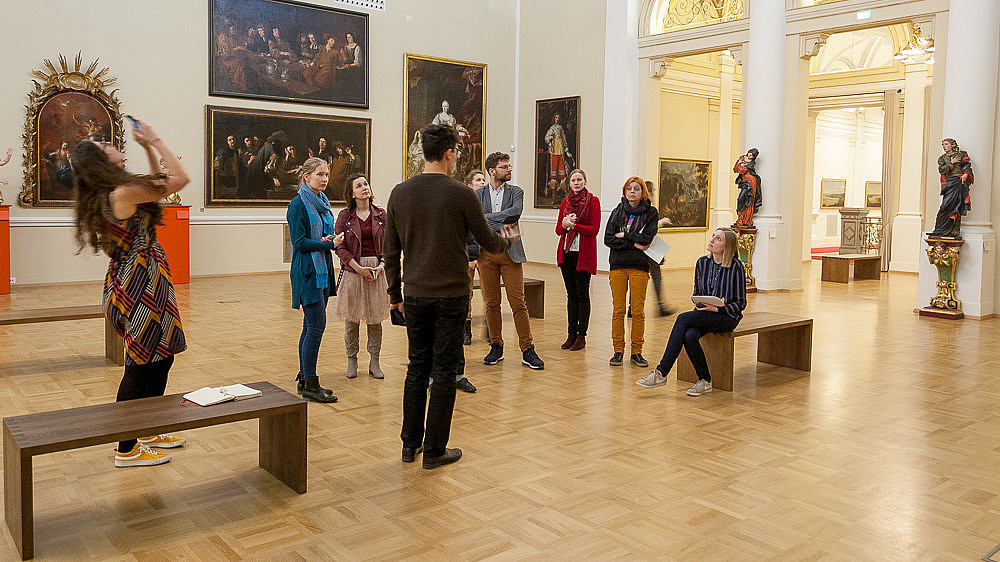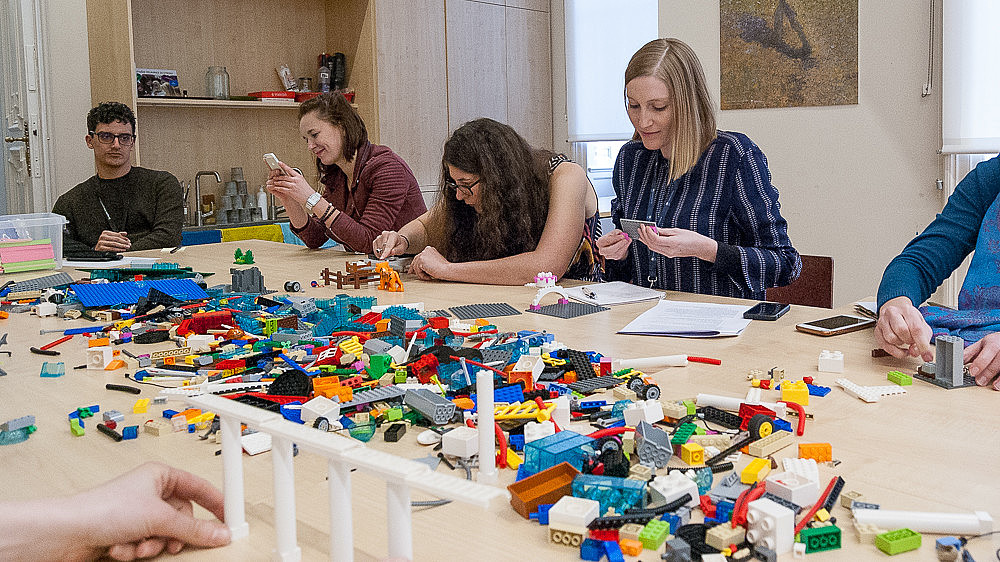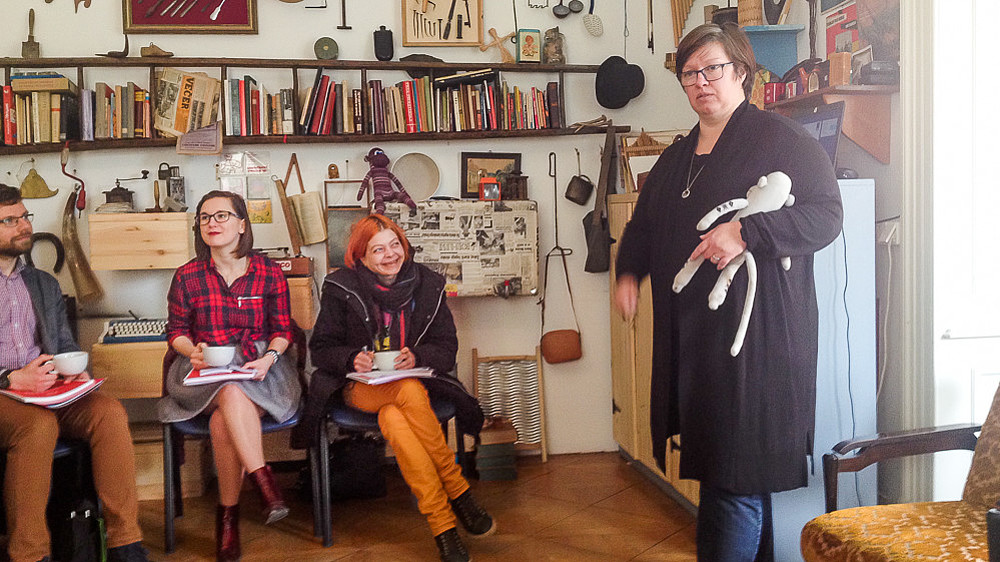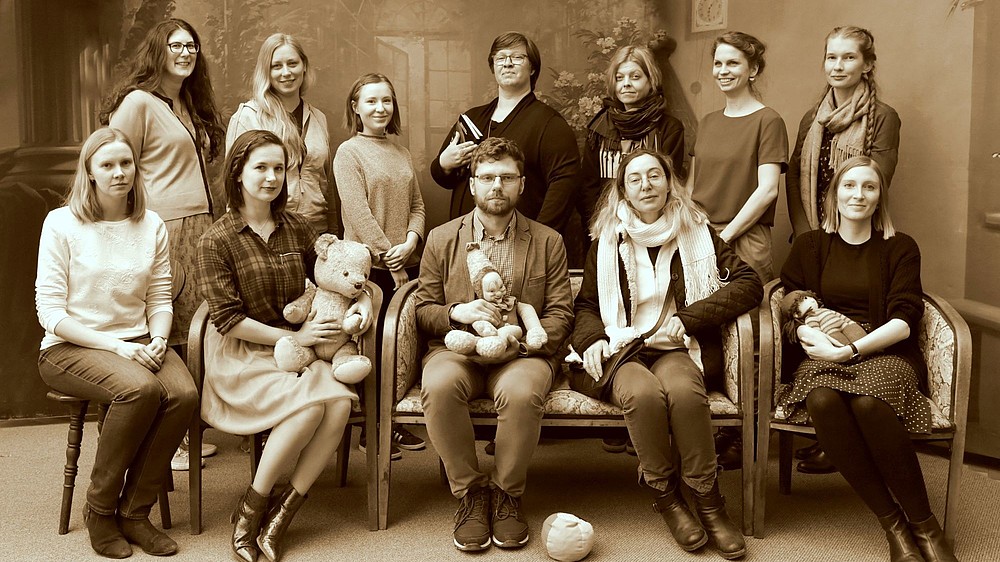Museum and school hand in hand – how and why we are forming strong, sustainable ties with the education sector
28 February – 1 March 2019 | Ljubljana and Maribor, Slovenia
In Slovenia, museum education is well-developed and the cooperation between museums and kindergartens and schools runs at various levels. Therefore, NEMO organised a Learning Exchange from 28 February – 1 March 2019 together with the Slovenian Museums Association in Ljubljana and Maribor, Slovenia, to give 7 NEMO members and 3 other interested participants the opportunity to see how they work. The participants got to know how a museum and educational institutions can work together to organise exhibitions and educational projects, promote cultural heritage and museums, use heritage for education, implement international cooperation and plan the museums of the future.
At the first day, the participants from 8 different countries were warmly welcomed in the National Museum of Contemporary History by Dr Aleksandra Berberih Slana, president of the Slovenian Museums Association. An introduction to the Slovenian education system was followed by the presentation of the museum's own programmes: “Ana Frank”, “EMEE” and “Border – Observing Walls” as well as a presentation of the Technical Museum of Slovenia and their project “ICYDK (In case you don't know)”. This EU funded project is aimed at young people. Through various activities, like making their own videos, they reflect about the misuse of intellectual property but also learn about the positive effects of respecting it. Dr Aleksandra Berberih Slana wrapped up the morning session by stressing the main outcomes and reminded the participants that they have to know their visitors to design different programmes for different target groups. With regard to schools, museum education professionals have to know when the school year ends to publish their programme and send it to schools in time. At the best children are already included in the design of the programmes. Educators also have to research and respect the curriculum and create a programme that helps the teachers. Another important measure is to get to know teachers and the cooperation schools. A possibility to reach that aim could be to get on the school´s mailing list and visit their events. Dr Aleksandra Berberih Slana also mentioned that every exhibition in Slovenia has to be accompanied by a programme for school children.
The afternoon started in the Slovene Ethnographic Museum, where the participants enjoyed a presentation of the programme “Folk dance seminar for teachers”. Through the dances the children learn about intangible heritage. The active learning helps them to understand the national history and their cultural heritage. Afterwards the group was invited to participate in a BrickMe workshop which is part of the “HearMe - Bringing youth and museums together” programme at the National Gallery. The youth embark on a journey towards empathy and away from intolerance and link their understandings with the works of art. Through the use of Lego models they express themselves and experience that they do not have to be afraid to fail and that the emotional impact of art is more important than knowledge.
At the second day the NEMO group started at the National Liberation Museum Maribor and got to know amongst other projects the “We took over the Museum” project. The idea of the 2013 launched project is that school children take over all the jobs in the museum for one day and set up their own exhibition. The preparation of the pupils lasts for 6 – 8 months and everyone in the museum team is involved. After the project the pupils and the schools see the museum as “their” museum and are more likely to come back. The project won the ICOM Slovenia award. Another successful project of the National Liberation Museum Maribor is “Museum for Peace”. The pupils learn to overcome prejudices and get to know non-violent possible solutions for conflicts which are placed in contrast to violent problem solving in history. In the afternoon the participants visited the Maribor Art Gallery and got to know their education programmes for children and for visually impaired people. The highly eventful exchange ended in the Museum of Contemporary History in Celje and a walk through the Children's museum, which was the first European museum for blind and visually impaired children.
All photos, apart from the Josip Pelikan Photographic Studio photo, are taken by Ieva Priede.



